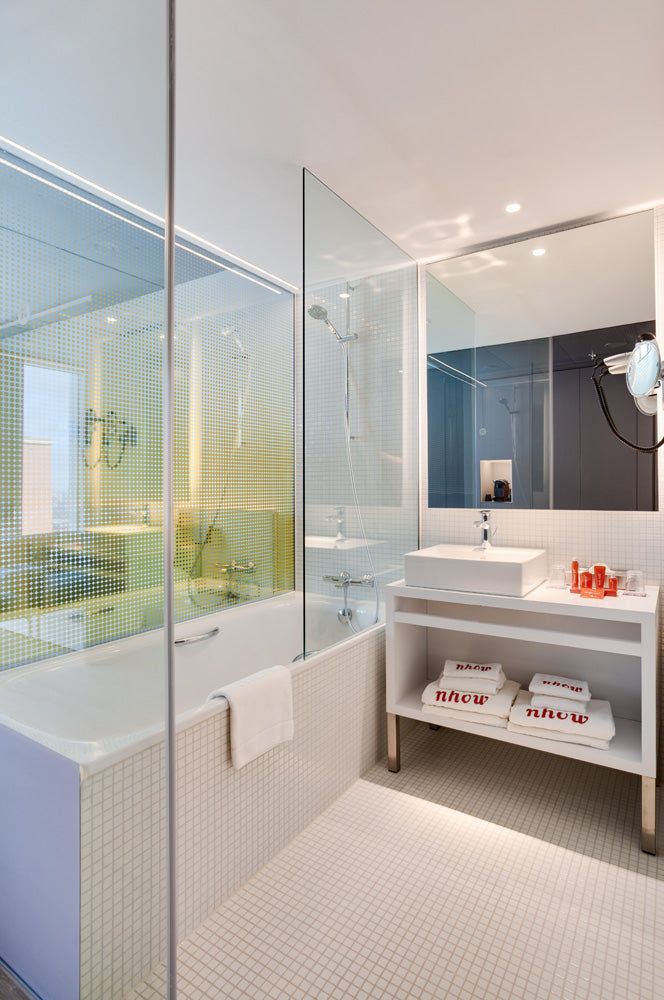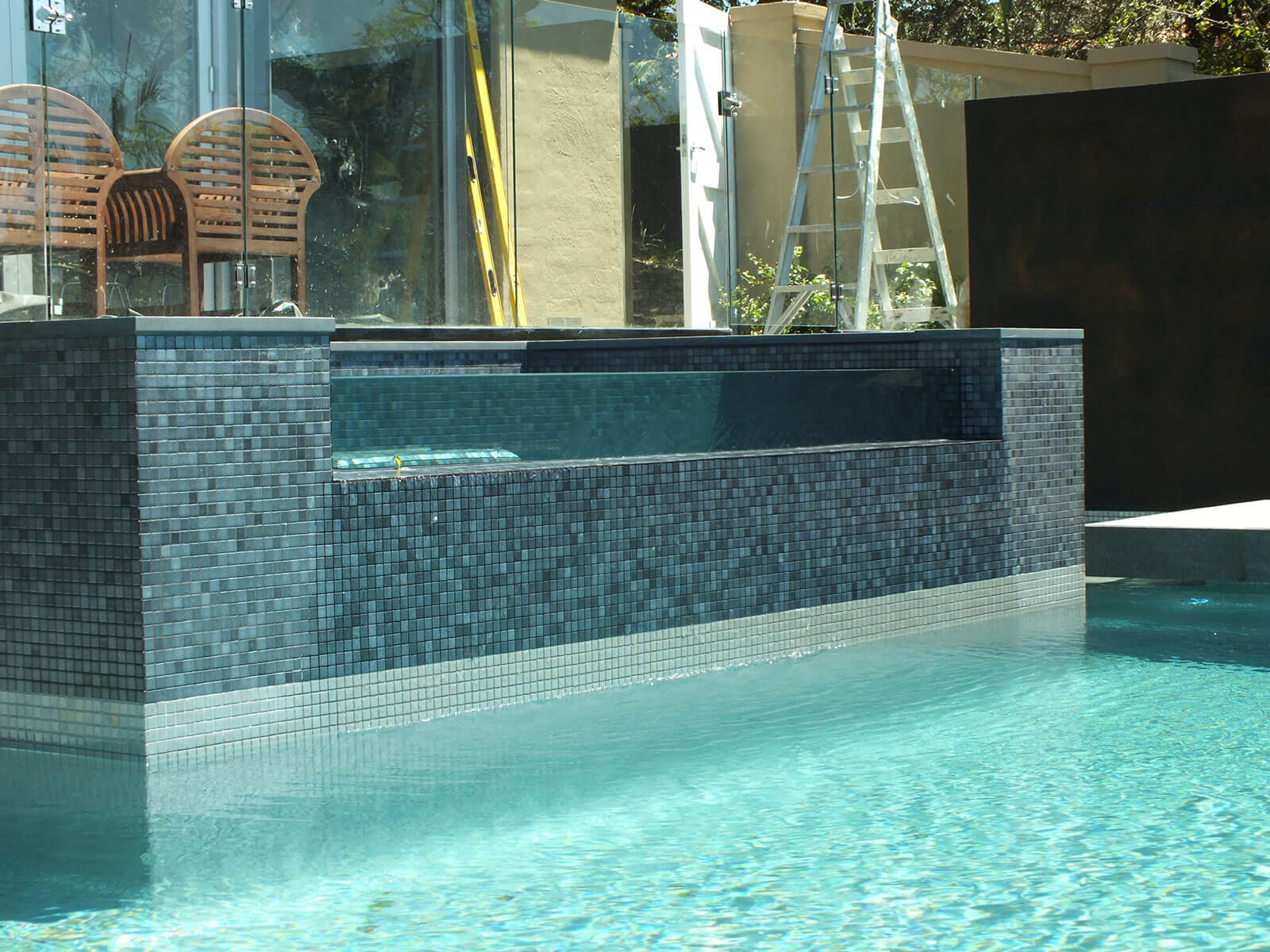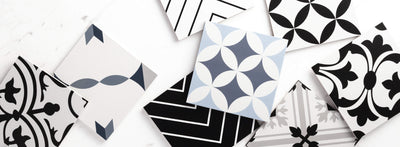Mosaic tiles are tiles with unconventional shapes or colours to add interior accents for plain spaces. While mosaic tiles are often correlated to retro styles, tile designers have been creating modern designs to revitalise mosaic tiles for a range of interior design projects.
Given the long history of mosaic tiles, we will be going through what mosaic tiles are, what makes it unique and what are the common applications of mosaic tiles.
What are mosaic tiles?
Mosaic refers to the way of creating patterns or arts through small pieces of materials. Think about the childhood activity to piece together a water bottle with shredded papers - this is a creation of a mosaic.
With mosaic tiles, it refers to the use of tiles to create patterns or arts on walls and floors. The use of tiles in mosaics was found more than 3,500 years ago in Egypt. Older mosaics are often more complicated and apply more colours in the creation while modern mosaic tiles adopt a more minimalist approach.
Mosaic tiles come in various shapes, sizes and colours for creative expression. Other than square mosaic tiles, designers created rectangular, radial, hexagonal and a range of other tile patterns to match different interior designs.
To create interesting looking mosaic tiles, designers sometimes mix in materials other than ceramic for a contrasting appearance. Natural stone, metal and glass are common additions to mosaic tiles to give mosaic tiles a different look.

What makes mosaic tiles unique?
People love mosaic tiles for its possibility in creating designs. Mosaic tiles can be featured on all walls and floors, be on its own as a standalone feature wall, or subtly mixed into ordinary tiles as an artistic touch. The possibilities with mosaic tiles are limitless.
Modern technologies allow tile designers to create pre-set mosaic tiles for the market, making mosaic tiles affordable and easy to install.
Mosaic tiles share the same benefits as typical tiles, meaning that they are durable and waterproof. The shared characteristic makes mosaic tiles perfect for bathrooms and kitchens, both walls and floors.
A further benefit of mosaic tiles is its adaptability. Despite the historical reference of mosaic tiles, these graphical tiles have been rethinked to include contemporary design elements for modern homes. Classic houses can feature yellow mosaic tiles but you can find hexagon mosaic floor tiles for modern interiors as well, making mosaic tiles suitable for any interior design.

The common applications of mosaic tiles
Bathrooms
Bathrooms are the most common place where you can find mosaic tiles. The humidity of bathrooms makes most materials unsuitable for wall linings but tiles. Bathroom mosaic tiles are commonly used to separate spaces within the room, for example the shower and the bathtub.
Kitchens
Kitchens are another interior space where mosaic tiles are frequently featured. Tiles prevent cooking oil being absorbed into the wall. Mosaic tiles for kitchens help to decorate the cooking space and make the space more welcoming. Bright coloured tiles are often used in kitchens to visually broaden the space.
Feature walls
Mosaic tiles and its impressive visual makes them the perfect tiles for walls. A feature wall is a common way for home owners to express themselves through interior design. It can be as simple as a mixture of rainbow coloured squared mosaic tiles or a recreation of your favourite painting in tiles.
Buy mosaic tiles in Australia
If you are looking for mosaic tiles in Australia, TileMall has a range of mosaic tiles suitable for your next interior design project. We make buying tiles simple through our personalised tile design service to create mosaic tiles designs to match your existing interior.

